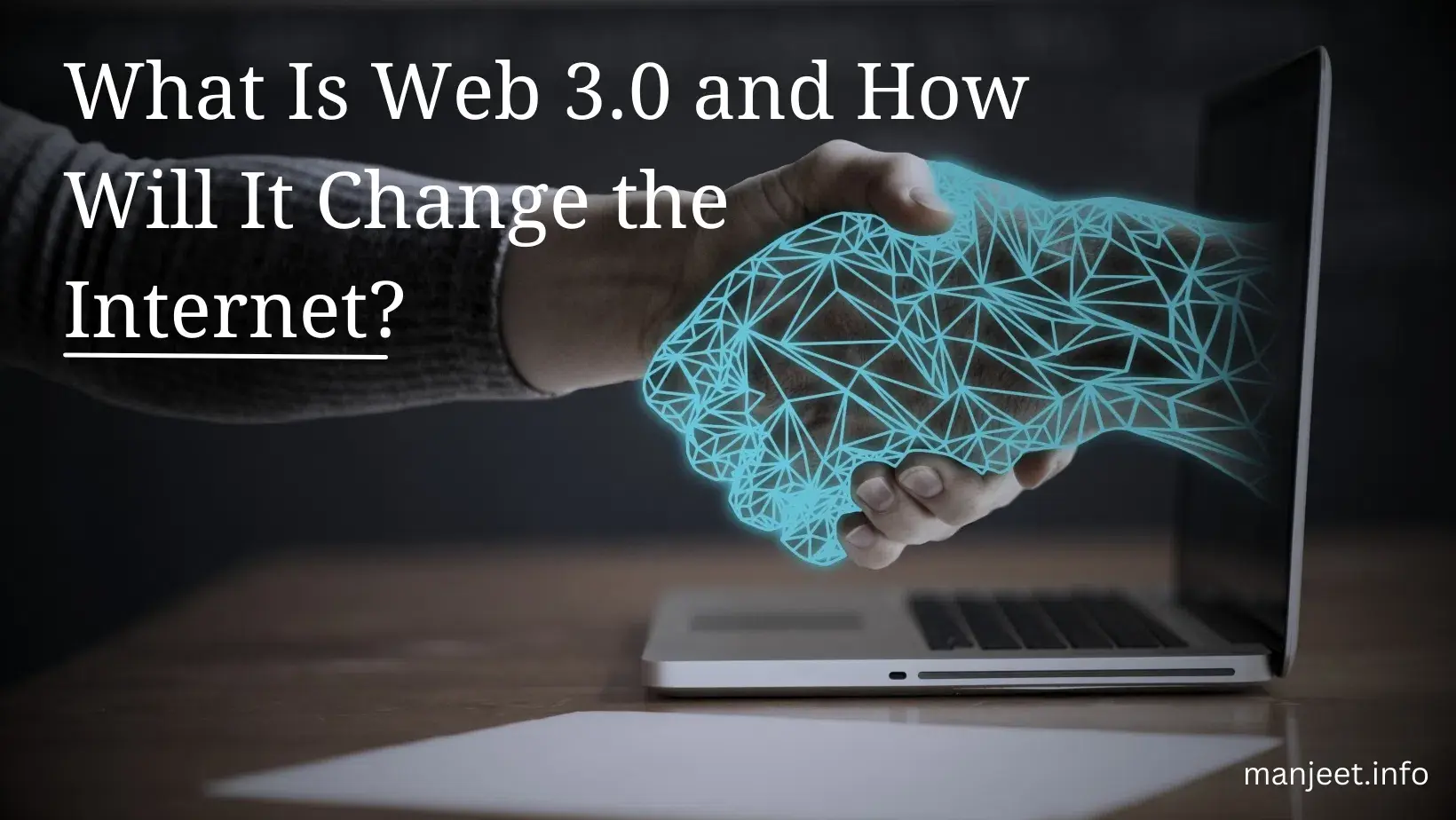Web evolution through time has introduced various versions, starting from Web 1.0 to the present Web 3.0. Web 1.0 began operations by presenting static interfaces mostly of basic HTML pages. Web 2.0 became available in the early 2000s by introducing enhanced interaction features and user-created content. Web 3.0 is moving toward its emergence as an update to existing internet technology.
So, what is Web 3.0, and how will it change the internet as we know it?
What Is Web 3.0?
Web 3.0 represents the “Semantic Web” as the upcoming online technology framework. Web 3.0 diverges from Web 2.0 since it emphasizes machine communication alongside AI and decentralized programs instead of social networking, user-created material, and cloud storage systems.
Through Web 3.0, the internet becomes wiser and more interconnected through machine-developed capabilities to extract meaning from online content. The technology enables machines to analyze and operate like human intelligence, promoting better online search capabilities and user communication.
How Will Web 3.0 Change the Internet?
Web 3.0 will change the internet in several ways. Here are just a few examples:
- Decentralization: The central idea behind Web 3.0 is decentralization. Users will exert control over their material while directly communicating with others without depending on administrative entities like governments or corporations under Web 3.0 principles. Blockchain technology enables this functionality by generating an environment that verifies information and executes transactions without intermediary involvement.
- Artificial Intelligence: The main characteristic of Web 3.0 involves implementing sophisticated artificial intelligence (AI) capabilities into web systems. Virtual machines become intelligent by implementing natural language processing, machine learning, and additional artificial intelligence approaches to process information like human beings. Users will benefit from personal and intelligent web interactions with the platform, enhancing their ability to locate and employ information.
- Interoperability: Web 3.0 seeks to improve compatibility among various platforms and applications within its structure. This new system allows users to transition between multiple services and applications through hassle-free movements between different platforms. Web users will experience an improved integrated user interface because of this development.
- Trust: Web 3.0 functions on trusting relationships between users. Data authentication will improve through blockchain technology because it helps establish transparency and security for internet operations. Users will gain total control of their data through this approach, which halts large corporations from misusing data without proper consent.
Conclusion:
Web 3.0 represents the upcoming internet generation, with plans to redefine the current online system. Machines under Web 3.0 function with human-like intelligence to process information and understand commands because its fundamental philosophy includes decentralization combined with artificial intelligence and trust-based systems. Web 3.0 continues to develop, but its transformative potential for the internet and interactions remains definite.
Also read Will AI Replace Developers
